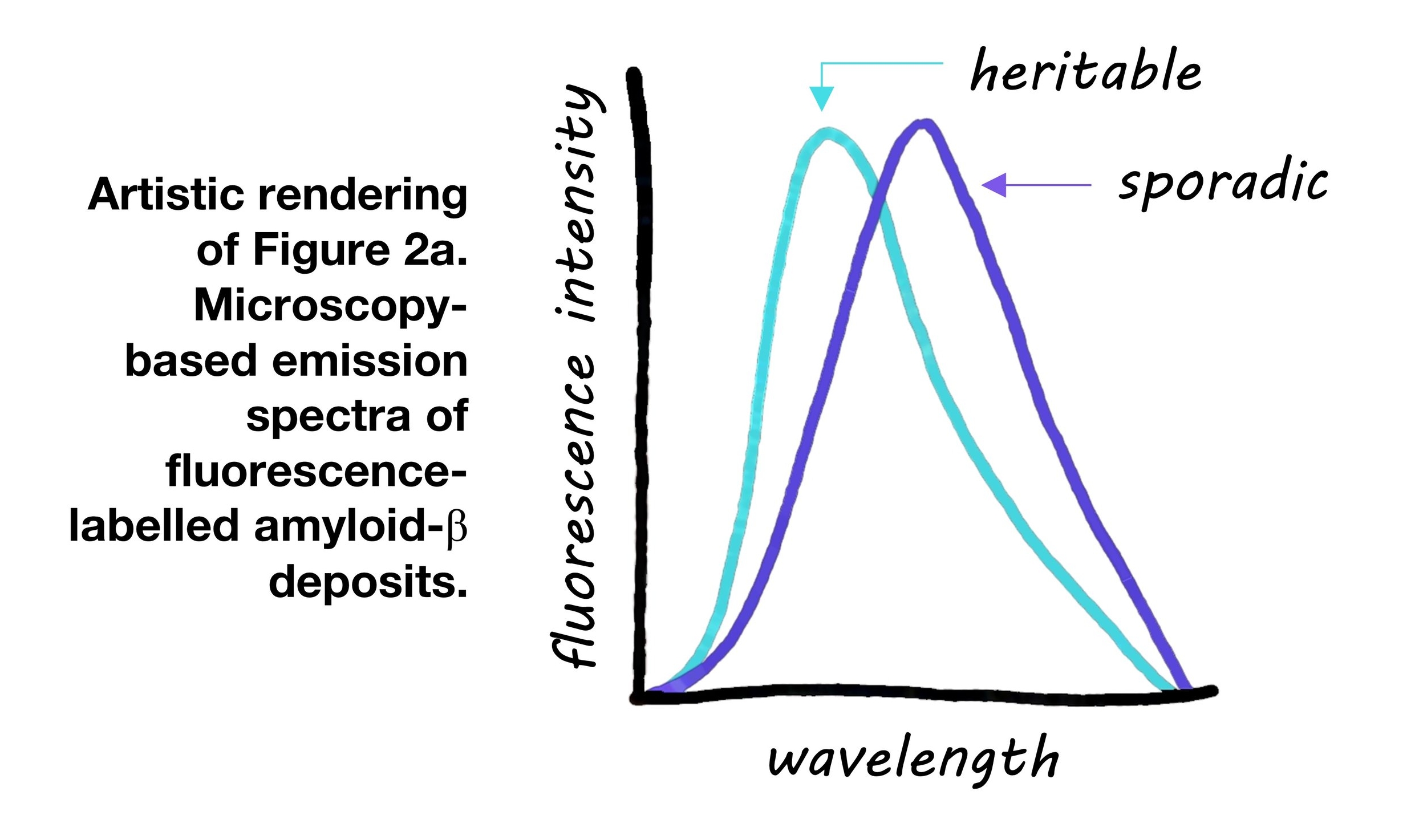A Model for the Spread of Tau through Connected Tracts in the Human Brain
What's the science?
In Alzheimer’s disease, tau proteins accumulate in the hippocampus resulting in neurofibrillary tangles. Beta-amyloid plaques, another form of protein aggregation, are thought to help tau proteins spread. One way that tau may spread from neuron to neuron is through neural connections, while another possibility is that it simply spreads to neurons located close by. This week in Nature Neuroscience, Jacobs and colleagues used brain imaging to ask: ‘How does tau spread?’
How did they do it?
Healthy older participants from the Harvard Aging and Brain Study were scanned over several years with positron emission tomography (PET) imaging to measure tau and beta-amyloid in the brain, and diffusion tensor imaging (DTI) to measure connectivity (of white matter tracts) in the brain. They tested whether beta-amyloid in the brain at baseline predicts hippocampal volume loss. They then measured whether this volume loss predicts abnormalities in the hippocampal cingulum bundle (a white matter tract that innervates the hippocampus and connects it with the posterior cingulate cortex) and in turn, whether these abnormal connections predict the accumulation of tau in the posterior cingulate cortex. They ran control analyses with another tract (that does not innervate the hippocampus) and another close by region. Associations with memory and executive functions were also assessed to understand the clinical relevance.
What did they find?
Brain beta-amyloid level at baseline predicted hippocampal volume loss. The hippocampal volume loss also predicted abnormal white matter tract connectivity over time in the hippocampal cingulum bundle, but not in other white matter tracts close by that do not directly connect with the hippocampus. The abnormal connectivity in this tract predicted the accumulation of tau in a connected region called the posterior cingulate cortex, but not in another adjacent control region. Collectively, these changes were associated with memory decline over time. This means that early Alzheimer’s pathology (beta-amyloid) initiates a cascade of hippocampal volume loss followed by abnormal tract connectivity and the spreading of tau along this tract.
What's the impact?
This is the first study to confirm that tau likely spreads via neural connections (rather than just to regions close by) from the hippocampus, facilitated by beta-amyloid in the brain. Clarifying the order in which Alzheimer’s pathology spreads, as well as the mechanism through which it spreads is critical for helping to target the advancement of Alzheimer’s disease.
You can reach out to her about her work at @DrHeidiJacobs on Twitter.
H. I. L. Jacobs et al., Structural tract alterations predict down-stream tau accumulation in amyloid positive older individuals. Nat. Neurosci. (2018). Access the original scientific publication here.



